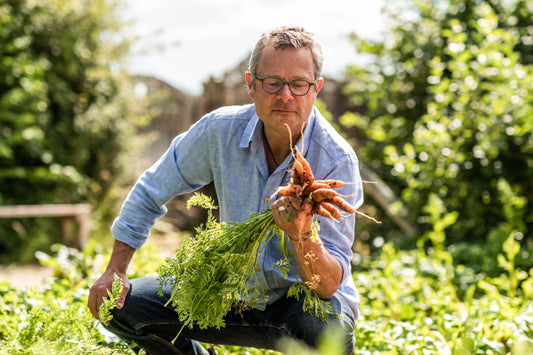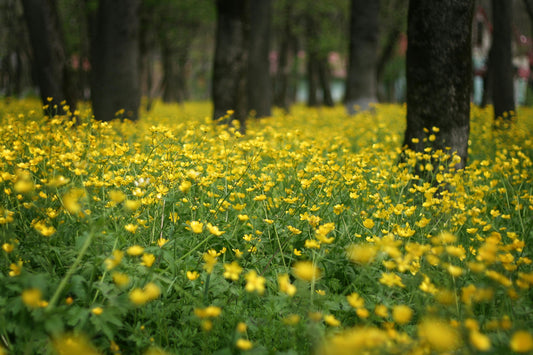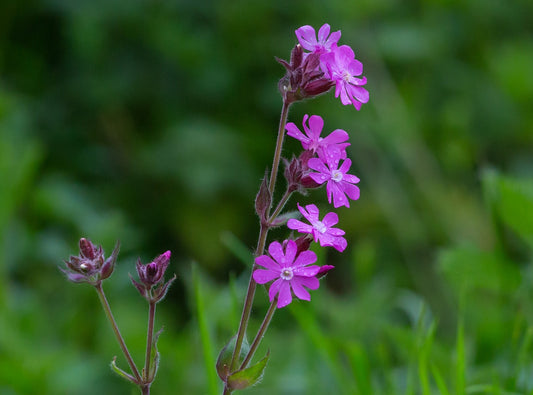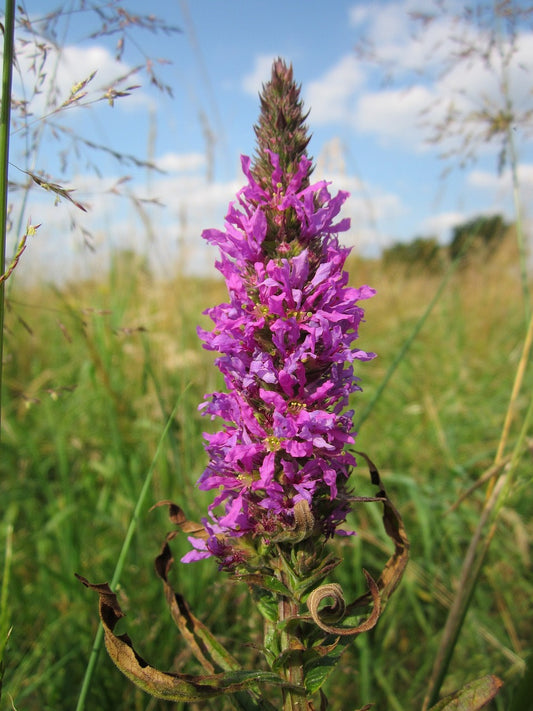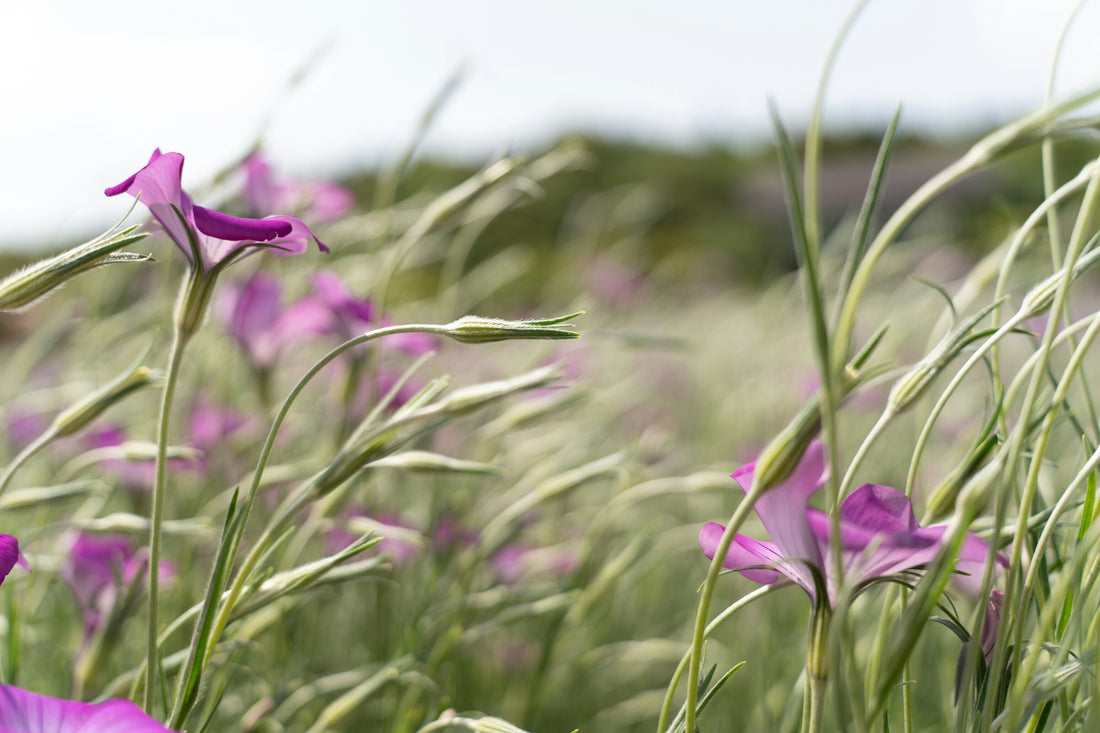
Planting Corncockle: A Simple Guide to Growing Beautiful Wildflowers
This guide provides everything you need to know about planting Corncockle (Agrostemma githago), including soil preparation, sowing techniques, and care tips for thriving blooms.
Introduction to Corncockle
Corncockle, or Agrostemma githago, is a charming wildflower known for its striking, pink to purple blooms and historical significance as a traditional cornfield plant. Ideal for adding a touch of natural beauty to your garden, Corncockle is both visually appealing and relatively easy to grow.
Why Grow Corncockle?
Corncockle offers several benefits for gardeners:
- Aesthetic Appeal: Its vibrant flowers bring a splash of colour to gardens and wildflower meadows.
- Attracts Pollinators: Bees and butterflies are drawn to its nectar-rich blooms.
- Historical Significance: Once a common sight in cornfields, it adds a touch of heritage to modern gardens.
Best Time to Plant Corncockle
Timing is crucial for optimal growth:
- Spring Planting: Sow seeds directly in the soil after the last frost, typically from March to May.
- Autumn Planting: For an earlier bloom the following year, sow seeds in late autumn.
Choosing the Right Location
Corncockle thrives in specific conditions. Consider these factors:
- Soil Type: Prefers well-drained soil, ideally sandy or loamy.
- Sunlight: Enjoys full sun but can tolerate partial shade.
Preparing the Soil
Proper soil preparation is key to successful planting:
- Weeding: Remove weeds and debris from the planting area.
- Soil Amendment: Improve soil fertility by incorporating compost or well-rotted manure.
- Tilling: Lightly till the soil to a depth of 15-20 cm to ensure good seed-to-soil contact.
Sowing Corncockle Seeds
Planting Corncockle seeds is straightforward. Follow these steps:
- Seed Spacing: Scatter seeds evenly over the soil or sow in rows with a spacing of about 30 cm between rows.
- Covering Seeds: Lightly cover the seeds with a thin layer of soil or compost.
- Watering: Water gently to moisten the soil without creating puddles.
Caring for Your Corncockle Plants
Once your Corncockle is established, care is relatively simple:
- Watering: Keep the soil consistently moist but not waterlogged. Avoid overwatering.
- Fertilisation: Generally, Corncockle does not require additional fertiliser unless the soil is very poor.
- Deadheading: Remove spent flowers to encourage longer blooming and prevent self-seeding.
Common Pests and Diseases
While Corncockle is hardy, it’s wise to be aware of potential issues:
- Pests: Watch for aphids and caterpillars. Use organic pest control methods if necessary.
- Diseases: Prevent fungal diseases by ensuring good air circulation and avoiding excessive moisture.
Harvesting and Using Corncockle
Corncockle blooms can be enjoyed fresh or dried:
- Cutting: Harvest flowers when they are in full bloom for the best colour and longevity in arrangements.
- Drying: Hang upside down in a dry, dark place to preserve their colour for dried flower arrangements.
Benefits of Growing Corncockle in Your Garden
Adding Corncockle to your garden has several advantages:
- Natural Beauty: Adds a wild, natural look to garden beds and meadows.
- Biodiversity: Supports local wildlife by providing nectar for pollinators.
- Low Maintenance: Requires minimal care once established, making it an ideal choice for low-maintenance gardens.
Conclusion
Planting Corncockle is a rewarding way to enhance your garden with beautiful, historic blooms. By following these tips on planting, care, and maintenance, you can enjoy a vibrant display of Corncockle flowers and contribute to a pollinator-friendly garden. Happy gardening!
For more gardening tips and expert advice, continue exploring our blog.

